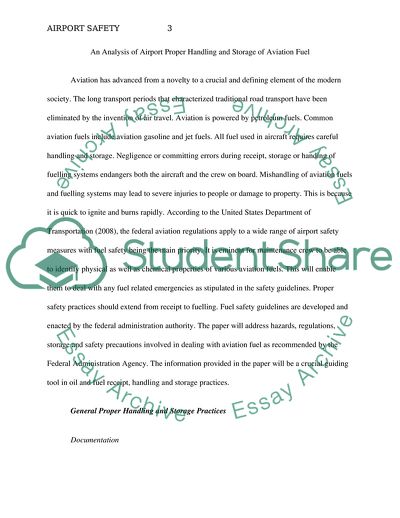Cite this document
(Airport Safety Article Example | Topics and Well Written Essays - 2250 words, n.d.)
Airport Safety Article Example | Topics and Well Written Essays - 2250 words. https://studentshare.org/engineering-and-construction/1778160-airport-safety-an-analysis-of-airport-proper-handling-and-storage-of-avation-fuel
Airport Safety Article Example | Topics and Well Written Essays - 2250 words. https://studentshare.org/engineering-and-construction/1778160-airport-safety-an-analysis-of-airport-proper-handling-and-storage-of-avation-fuel
(Airport Safety Article Example | Topics and Well Written Essays - 2250 Words)
Airport Safety Article Example | Topics and Well Written Essays - 2250 Words. https://studentshare.org/engineering-and-construction/1778160-airport-safety-an-analysis-of-airport-proper-handling-and-storage-of-avation-fuel.
Airport Safety Article Example | Topics and Well Written Essays - 2250 Words. https://studentshare.org/engineering-and-construction/1778160-airport-safety-an-analysis-of-airport-proper-handling-and-storage-of-avation-fuel.
“Airport Safety Article Example | Topics and Well Written Essays - 2250 Words”. https://studentshare.org/engineering-and-construction/1778160-airport-safety-an-analysis-of-airport-proper-handling-and-storage-of-avation-fuel.


